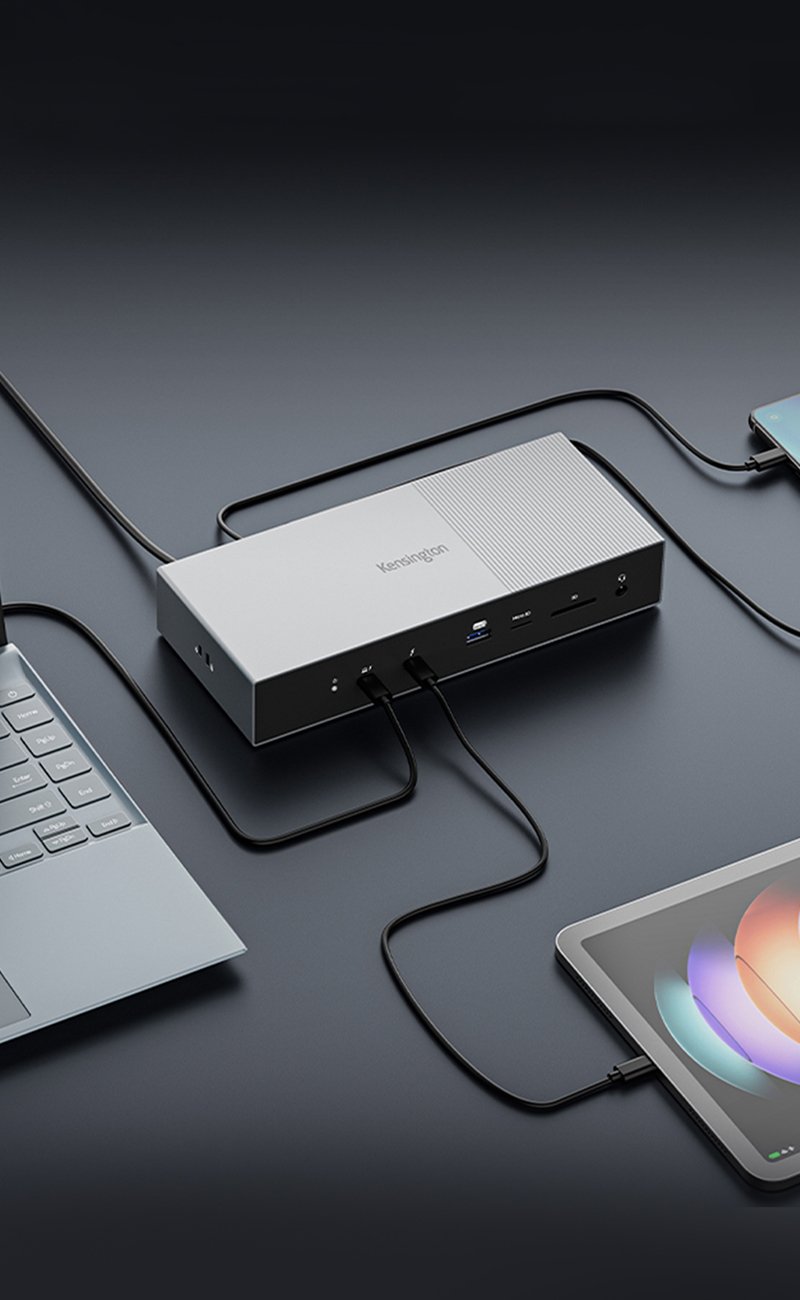Users Prefer Trackballs Due to Greater Speed and Accuracy, Better Ergonomics, and More Efficient Use of Computing Space
Kensington, a worldwide leader in delivering smart. safe. simple.™ desktop and mobile computing accessories, today announced the findings of a survey conducted in July 2015 on trackball usage. The survey revealed that users switch from a traditional mouse to a trackball for computing primarily because trackballs deliver greater speed and accuracy, are better ergonomically, and are more efficiently used in small or tight quarters.
Survey Results
Specifically, the Kensington survey found that users turned to trackball use due to:
- Speed and accuracy (58 percent): trackballs are faster which helps improve productivity, and the mouse and trackpad lack the trackball’s smoothness and ease-of-accuracy
- Ergonomics (45 percent): using a mouse for a period of time takes a toll on wrists, while trackpads take a toll on fingers
- Lack of space (38 percent): no room to use a mouse while on a flight or other tight space
In addition, the survey revealed that more than three-quarters of those surveyed said it took them less than one week to adjust to using a trackball. The study also found that close to half (42 percent) would never return to using a mouse over a trackball as their primary navigating device.
The majority of professionals surveyed across diverse industries including IT, business/finance, and education, prefer wireless trackballs, with 69 percent expressing this preference. Most users cited “cable clutter” and “placement freedom” as the top reasons to use a wireless device. When asked which new features users would like to see in Kensington trackballs specifically, wireless connectivity was the most requested feature.
The Trackball Advantage
The use of trackballs in both the home and office-based computing environments is growing in popularity. Many users find the repetitive clicking and dragging motions required to use a traditional mouse to be ergonomically problematic. Most computer work involves a wide range of mouse-based activities to manipulate objects on-screen, from dragging down menus to moving text elements, files, and photos across the monitor. Constantly clicking a mouse to perform these actions takes a heavy physical toll on the wrist, hand, and fingers which can lead to muscular strain and overuse injuries such as carpel tunnel syndrome.
Designed for ease of use and comfort, trackballs can solve these problems for users, helping them avoid pain and injury while enjoying a more ergonomic, productive experience. Because trackballs require much less wrist movement than a traditional mouse, they provide users with a pain-free computing experience, regardless of whether they’re working from home or at work. The trackball adds more versatility to desktop navigation in several ways — for instance, by allowing users to adjust the tracking speed to match the speed of their fingers. Trackballs also require less desk space and can be programmed for customized computing.
In his 2015 book Ergonomic Mis-Adventures, Certified Professional Ergonomist Ian Chong notes that a trackball “addresses the issue of occupational injury quite well, if it applies directly to what you are doing concerning cursor or graphics control.” Chong adds that programmable buttons help eliminate “the extreme and perilous hand postures, such as ulnar and radial deviation postures (hitting the
Notes to editors
About Kensington
Kensington is a leading provider of desktop and mobile device accessories, trusted by IT, educators, business and home office professionals around the world for more than 35 years. Kensington products empower people to dynamically interact with content, creating a better working experience for productive performance. In both office and mobile environments, Kensington’s extensive portfolio of award-winning products provides trusted security, desktop productivity innovations, and ergonomic well-being. Our core competencies in engineering, industrial design, product quality and responsive customer support make Kensington The Professionals’ Choice™.
Headquartered in San Mateo, California, Kensington operates as the technology division of ACCO Brands (NYSE: ACCO), one of the world’s largest designers, marketers and manufacturers of branded business, academic and consumer products, sold in more than 100 countries across the globe.
Kensington is the inventor and worldwide leader in laptop security locks, the acknowledged leader of Trackball innovation and offers a broad range of premium-branded desktop productivity solutions.
